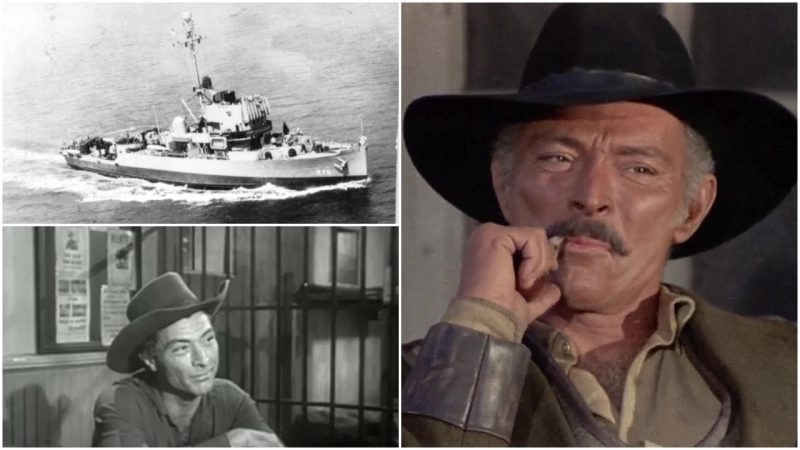There is no other “Spaghetti Western” that is as influential as Sergio Leone’s 1966 epic, The Good, the Bad and the Ugly. You don’t even have to be a fan of Westerns to love it, because this is a film that has so much to offer. From its vivid characters to some of the most memorable scenes in cinematic history, The Good, the Bad and the Ugly has had a huge impact on cinema, and over the years it has become an integral part of popular culture.
It’s been more than half a century since the movie was released, but the trio of tough-as-nails vagabonds made up of Clint Eastwood (the Good), Lee Van Cleef (the Bad), and Eli Wallach (the Ugly) remains as legendary as ever.
The storyline is quite simple; almost everyone is familiar with it. There is no real white-hat hero, and every character is illustrated by means of his actions. The actors made a masterful portrayal of their characters, and as seen from this perspective it’s hard to imagine any other actors taking the roles than Clint Eastwood, Lee Van Cleef, and Eli Wallach.
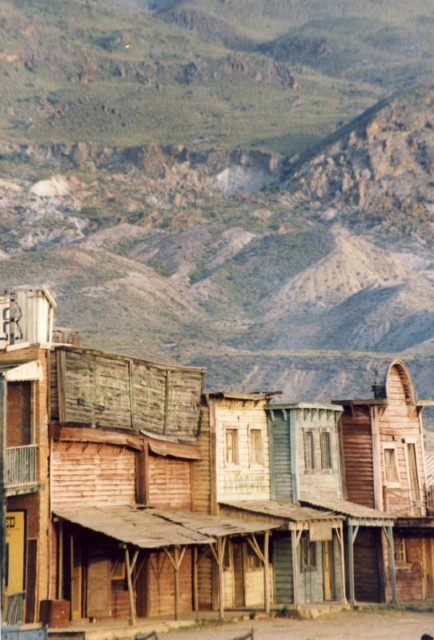
However, in real life, Lee Van Cleef filled a more significant role than any character in a movie. The man who played the “Bad,” an outlaw seen by many as the face of evil, was a World War II hero in real life.
In Leone’s iconic movie he portrayed the cold, professional Angel Eyes, who had no feelings of empathy and was always prepared to do whatever he was paid for. In reality, Van Cleef answered the call to join the armed services and enlisted in the United States Navy in September 1942, when the war was at its peak.
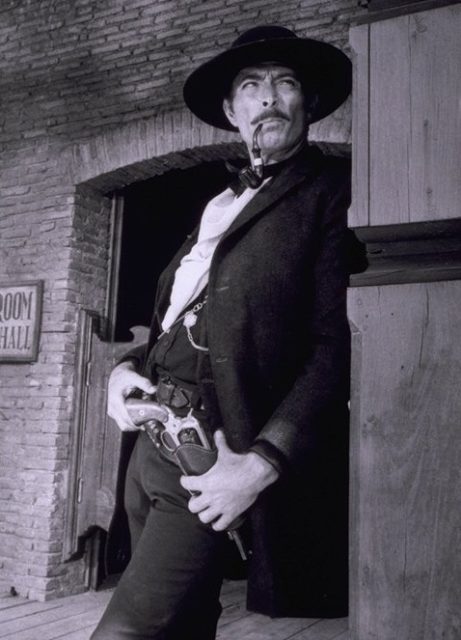
He was only 17 years old and had just obtained his high school diploma when he enlisted. Following basic training as a sound man and in mine craft, Van Cleef was assigned to a submarine chaser called USS SC-681 and spent his first 10 months on board patrolling the Caribbean in search of German U-boats.
First, he spent several weeks at the Naval Fleet Sound School, where he received additional training, and he was later commissioned to USS Incredible, a 530-ton Admirable-class minesweeper. Van Cleef was on board working as a sonarman when the minesweeper cruised the Crimean Sea during the famed Crimea Conference at which Roosevelt, Churchill, and Stalin agreed on the outlines of post-World War II Europe.
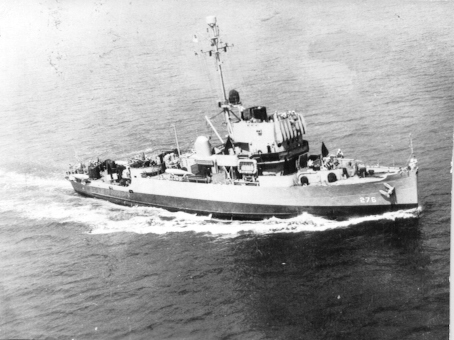
The USS Incredible also took part in the invasion of southern France, and it was there that Lee Van Cleef could have lost his life, since the ship was suddenly attacked by a dozen German Human Torpedoes. Van Cleef’s efficient performance and bravery under heavy fire earned him the Bronze Star.
In January 1945, the ship was sent on a special mission to clear mines in the Black Sea. Then in February the USS Incredible headed to Palermo, Sicily, and by May 5 it docked in Norfolk before heading over to Pearl Harbor.
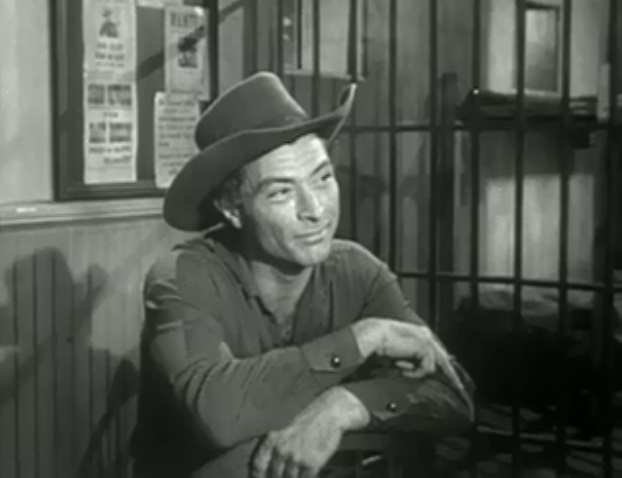
Van Cleef took part in several more operations in the China Sea before the USS Incredible finally returned to U.S. shores in February 1946.
By the time of his discharge from active duty on March 6, 1946, Van Cleef achieved the rank of sonarman first class (SO1) and earned the minesweeping insignia. Apart from the Bronze Star, he also received the Asiatic-Pacific Campaign Medal, the European-African-Middle Eastern Campaign Medal, the American-Pacific Medal, the Good Conduct Medal, and the World War II Victory Medal.
Van Cleef was discharged in Toledo, Ohio, where he was reunited with his first wife, Patsy Ruth Kahle, and together they went to Somerville, where they started their life as a married couple.
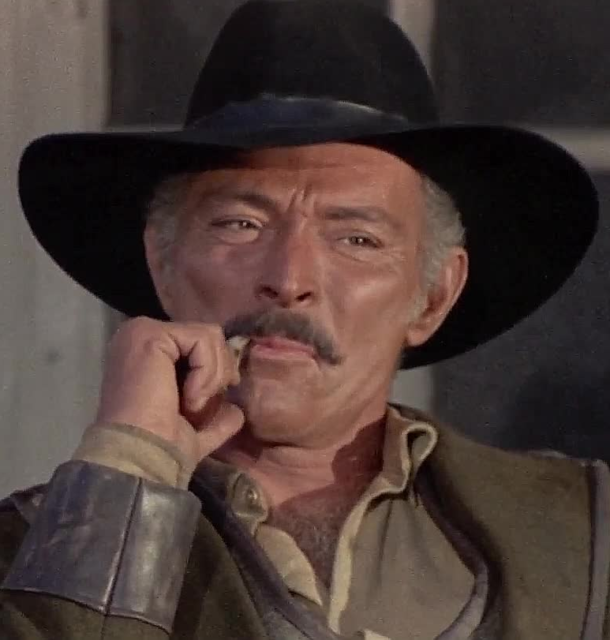
Upon his discharge, Van Cleef tried his luck in many different fields, but after he read for a part in Our Town at the Little Theatre Group in Clinton, not far from Somerville, he realized that becoming an actor was his fate.
After Stanley Kramer saw him performing, he cast him as henchman Jack Colby in High Noon. Although he had no dialogue, his portrayal was praised by critics, and a star was born. Over the next decade, Van Cleef portrayed some of the most memorable villainous characters in the film industry. Born and raised in New Jersey, he became a staple of film and television Westerns, often playing the bad guy.
